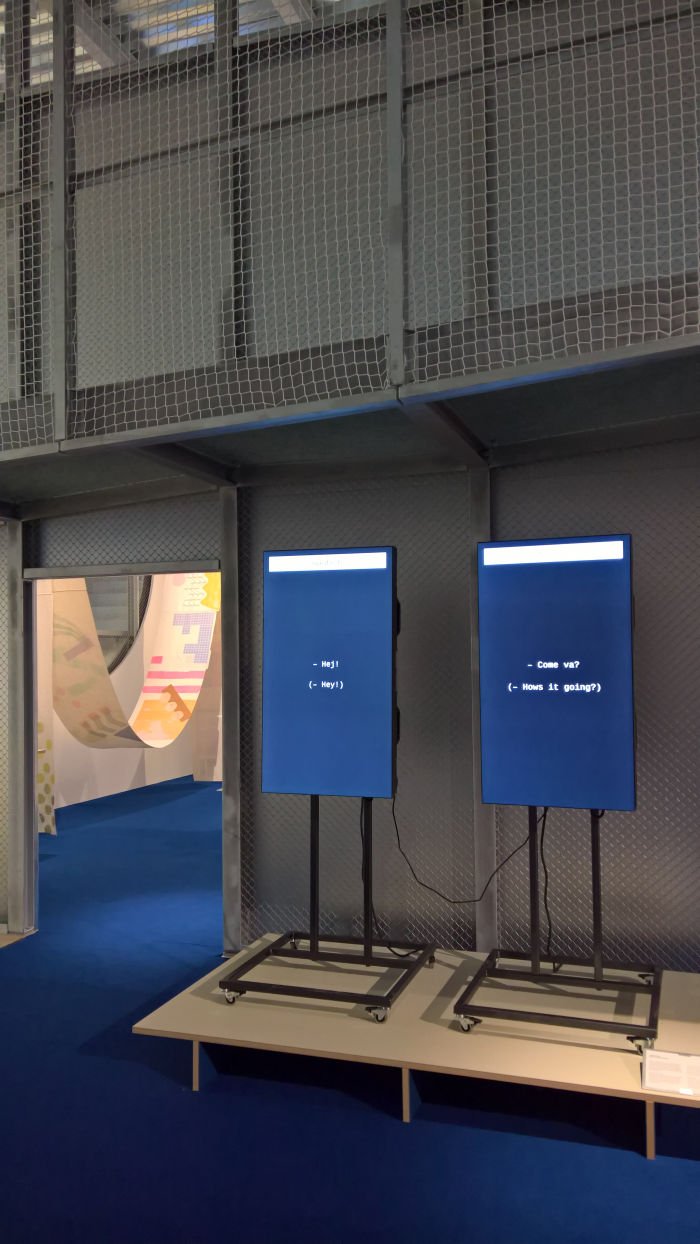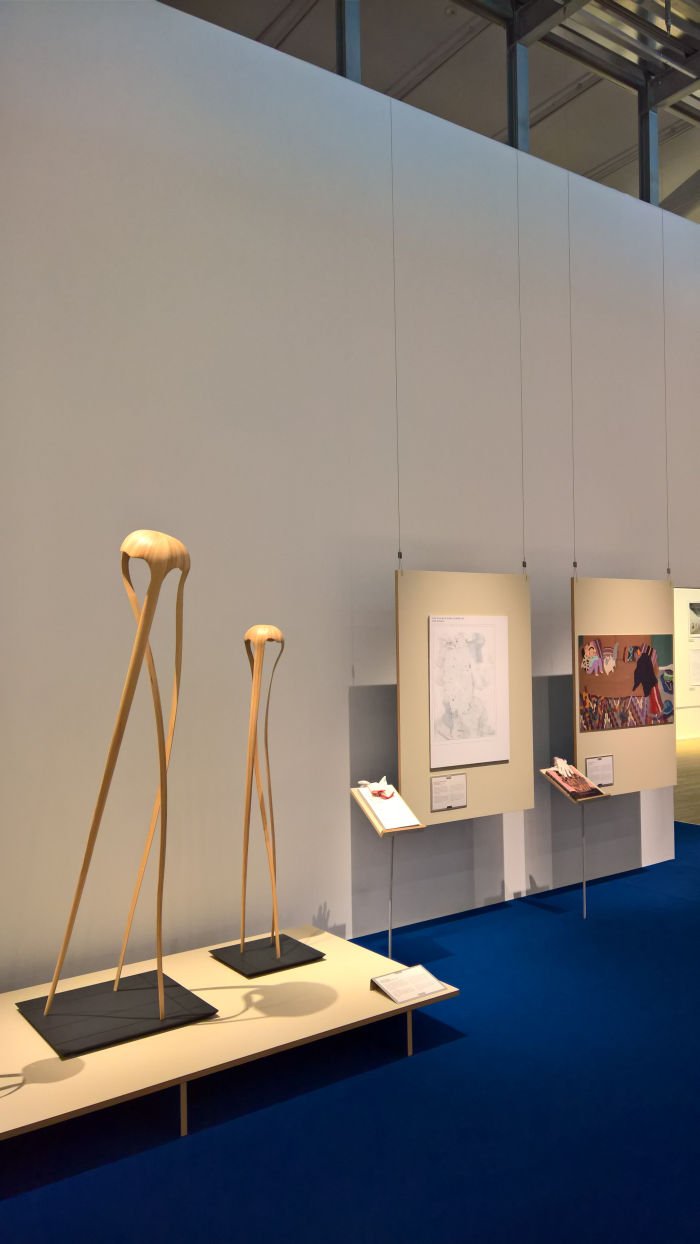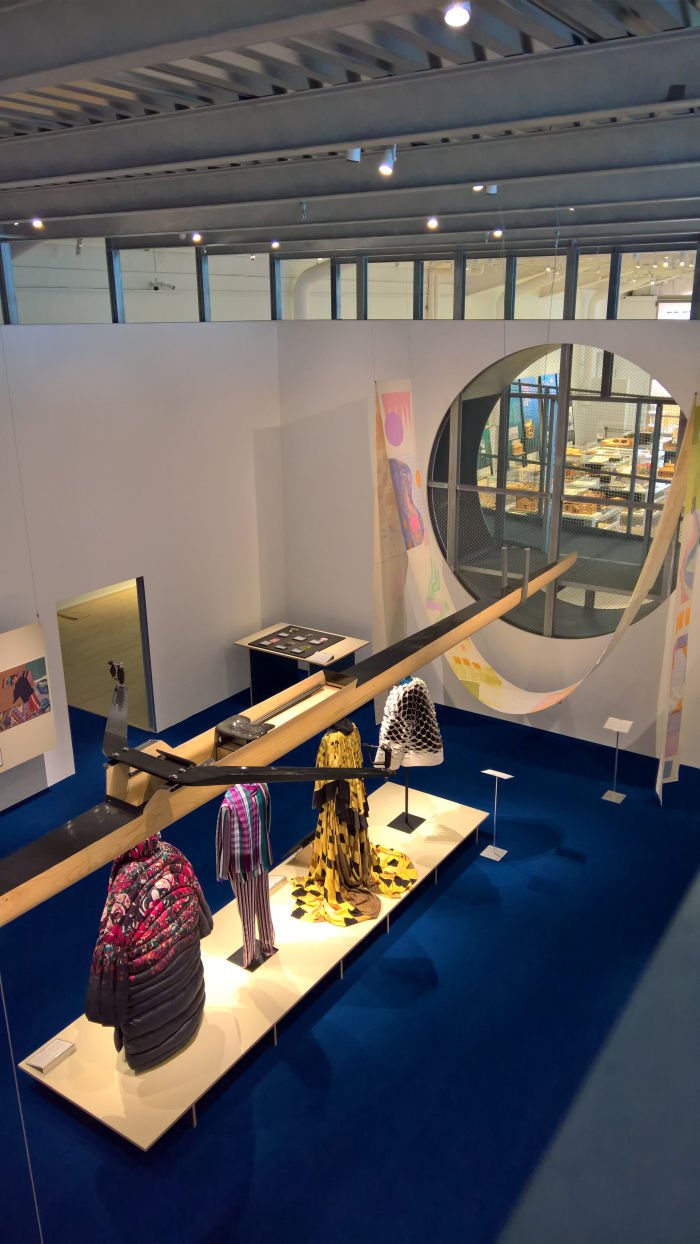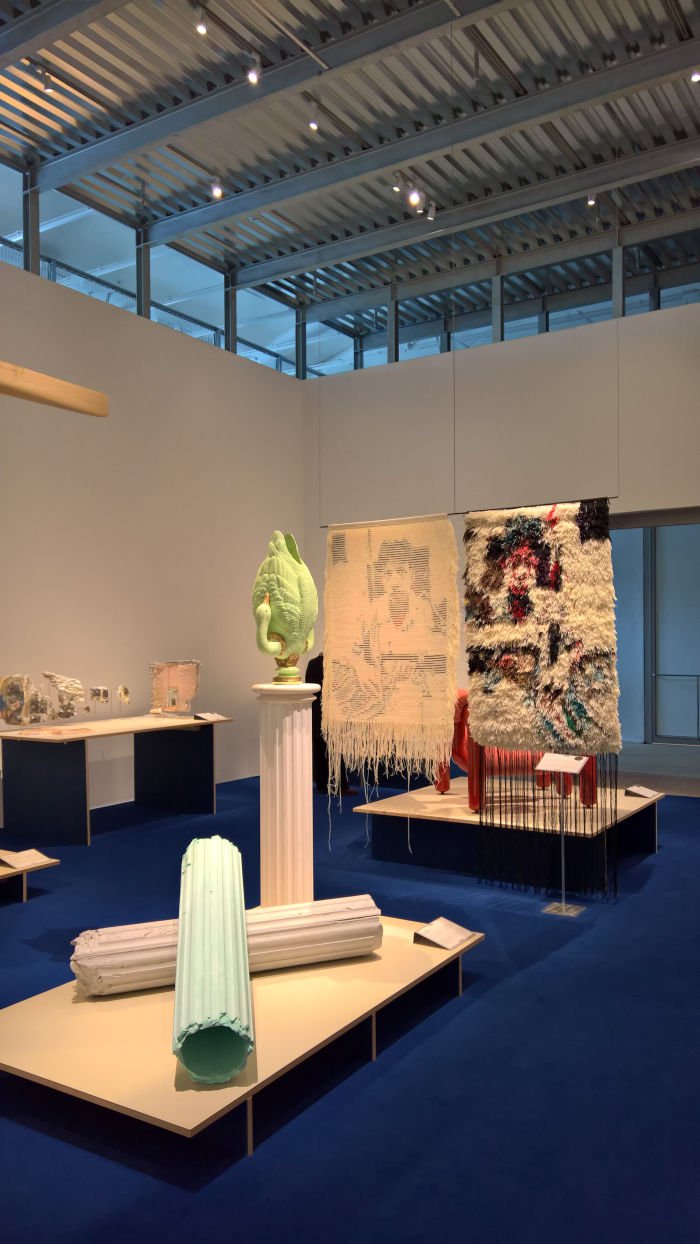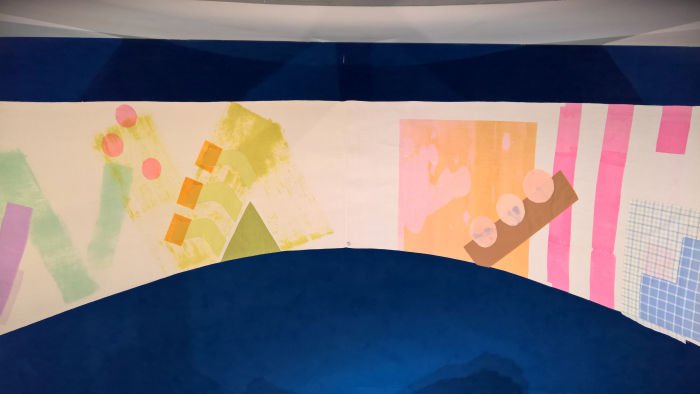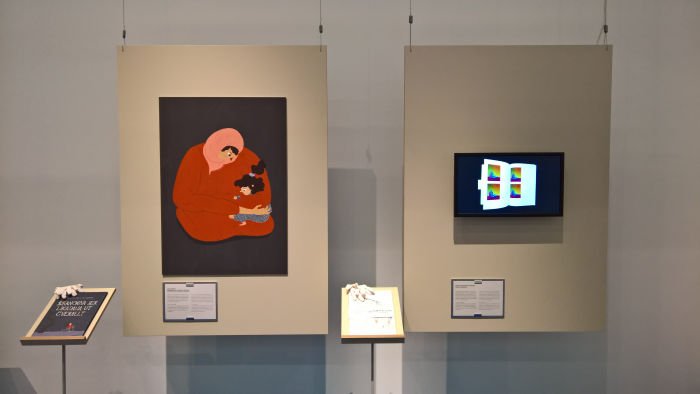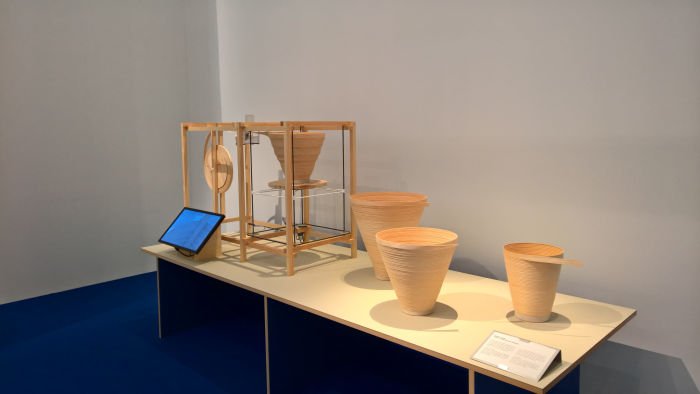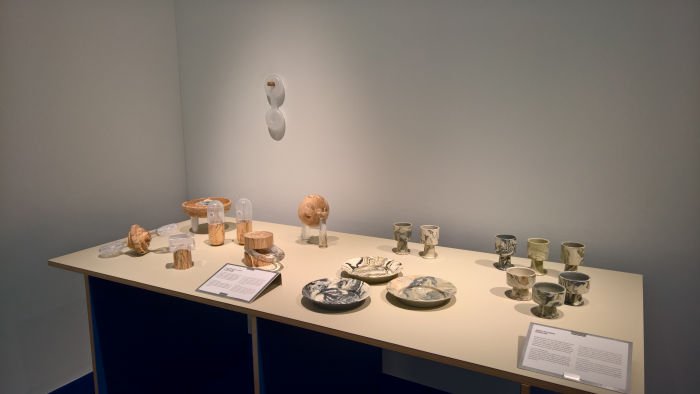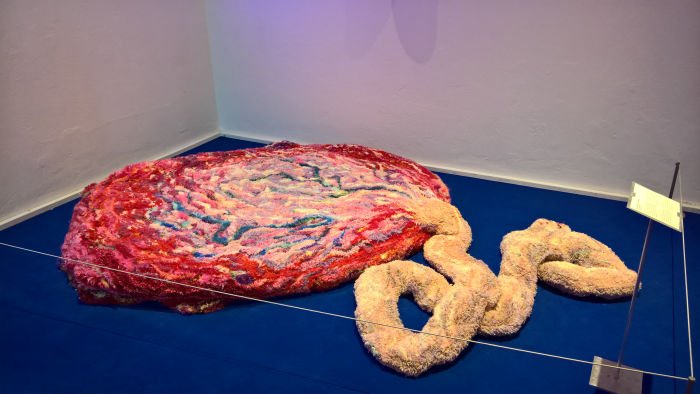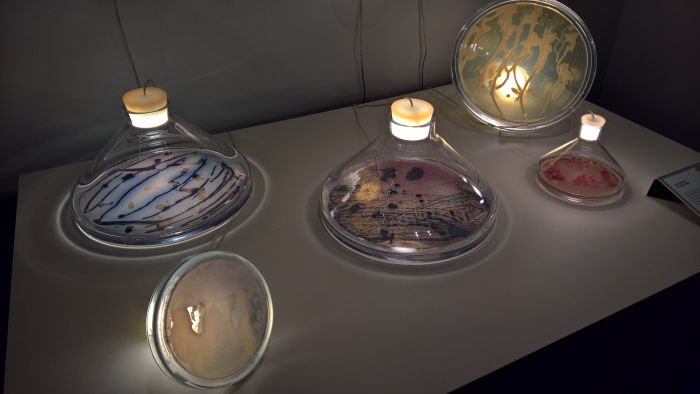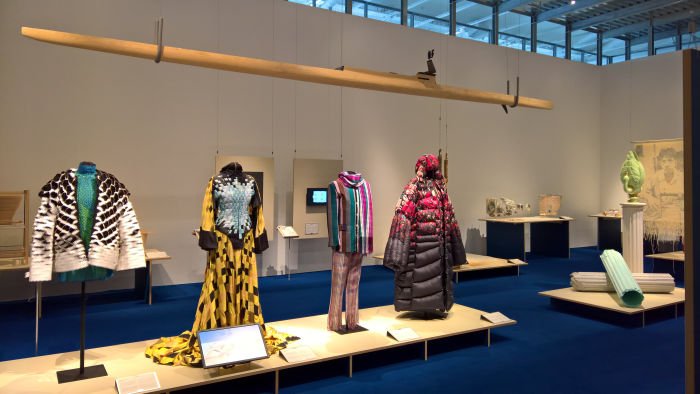For the fifth year in succession ArkDes, Sweden’s national centre for architecture and design, is hosting the Ung Svensk Form/Young Swedish Design award/platform exhibition: a showcase of 25 projects providing for 25 understandings of contemporary design in/from Sweden.
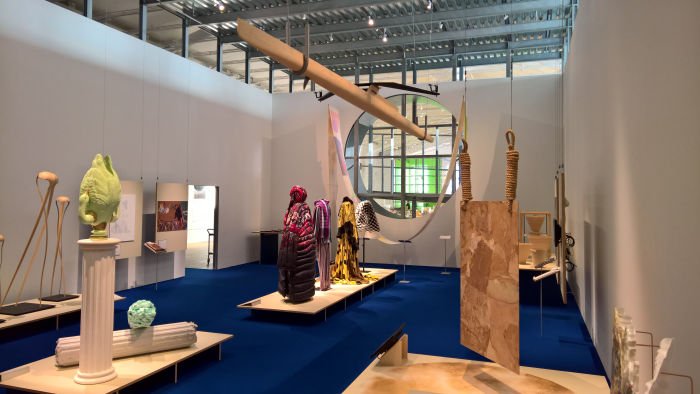
As noted in our post from Ung Svensk Form/Young Swedish Design 2018, inaugurated in 1998 by Svensk Form (the Swedish Society of Crafts and Design) and the Form/Design Center Malmö, Ung Svensk Form/Young Swedish Design is an award/platform in context of which an invited jury honour projects by both young Swedish creatives and young Swedish based non-Swedish creatives; and as such represents a snapshot of contemporary creativity, when not necessarily in Sweden, then certainly with a connection to Sweden. At the opening, Mats Widbom, Director of Svensk Form, referred to Ung Svensk Form/Young Swedish Design as an inventory, and while certainly not of projects, then certainly in terms of ideas in can be considered as such: in addition to reflections on contemporary production and contemporary aesthetics Ung Svensk Form/Young Swedish Design 2019 also features works looking at, for example, inclusion (or lack of), identity, materials, the temporality, and wastefulness, of contemporary society, existential imperatives and equality.
Yet despite very much liking the term inventory, we're sticking with snapshot, because whereas inventories are objective, snapshots are subjective: and the most important thing when viewing design is not what someone else thinks, but what you think, how you engage, or don't, with the work. And it's OK not to engage with things. Even things in museums. Even things an independent jury have selected to be shown in a museum. Which is why we always encourage you all to view such showcases, because only through doing such can you develop your own understanding of design.
The Ung Svensk Form/Young Swedish Design 2019 Exhibition can be viewed at ArkDes, Exercisplan 4, Skeppsholmen Stockholm until Sunday March 31st. Full details, including information on all 25 selected projects, can be found at http://ungsvenskform.se
A few thoughts and impressions:
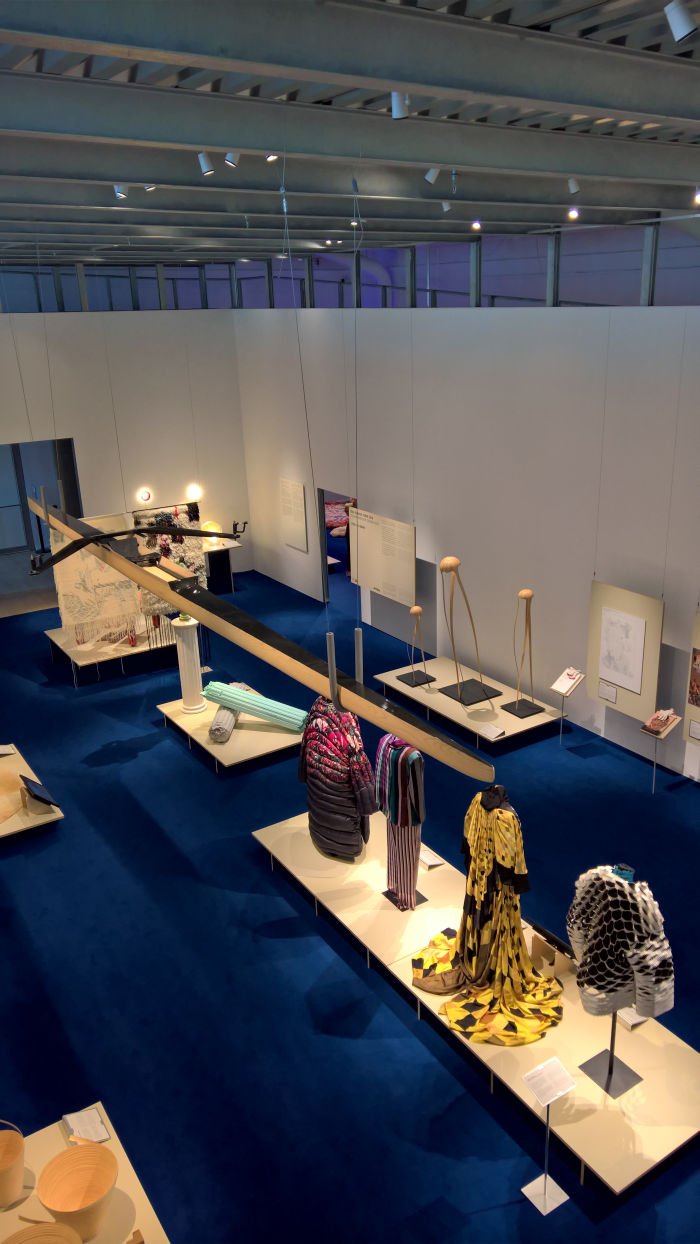
Using a process called Photogrammetry, we had to have it explained to us as well, a process which, and simplifying to the point of inaccuracy, allows the transformation of 2D photos into a 3D model, Design Academy Eindhoven graduate Mikaela Steby Stenfalk has, effectively, used photos shared on social media by visitors to the Salle des États at the Musée du Louvre in Paris - the room where the Mona Lisa hangs - as the basis for a 3D model of the room: the most photographed areas appearing in most detail, a detail which decreases through the less photographed areas to the non-presence of the non-photographed. Yes, Mona Lisa, and the wall immediately around her are the most photographed. In many regards taking the Tourist Gaze, that theory which since the start of mass tourism in the mid-19th century has dictated that tourists only want to see what previous tourists have seen/what the catalogues and guide books show them, and transferring that to the world of the exhibition, Collective Collection on the one hand demonstrates that we all understand viewing the same things as comprising an experience, be that holiday or museum visit. And on the other tends to confirm Lucius Burckhardt's position that that which we think we've seen isn't that what we saw, but a filter collage of that after which we were looking.
But more importantly through visualising such, making it tangible, Collective Collection questions what that means. For all in an extrapolated context. Sure a future in which people only have that understanding of our world as left by our social media images is somehow democratic. But also very, very skewed; because it's based on bovine-esque heard attitude. While a preponderance of one representation of society through a quasi-uniform visual filter leads to a skewed impression of our own reality in the here and now. If we only understand the world as viewed through social media's eyes, is it any wonder we're in the state we are? Does however imply the answer to the question as how we can improve society may be simpler than we thought.
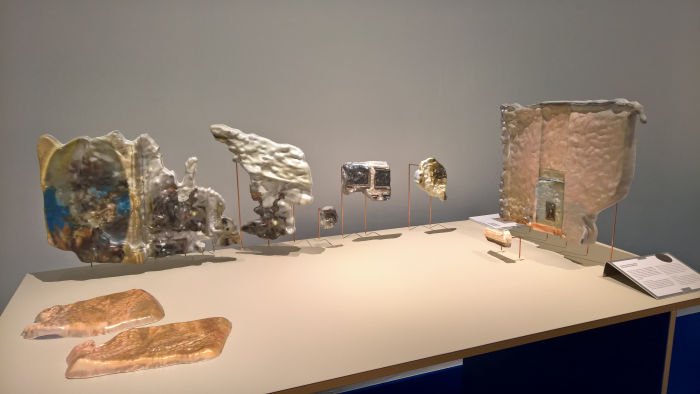
In their comment on Lost in Computation, a project which sees two sprachbots, one Swedish "speaking", one Italian having an endless conversation, the jury imagine a smart home future in which your bookshelf talks to your chair. We see Lost in Computation much more as criticism/reflection on contemporary society: if two bots can have a conversation despite not having the same mother tongue, why do we find it so hard? Yes, because we come loaded with all manner of pointless and illogical prejudices, stereotypes, egos et al that robots don't have. Or at least not yet. And once they do.......?
